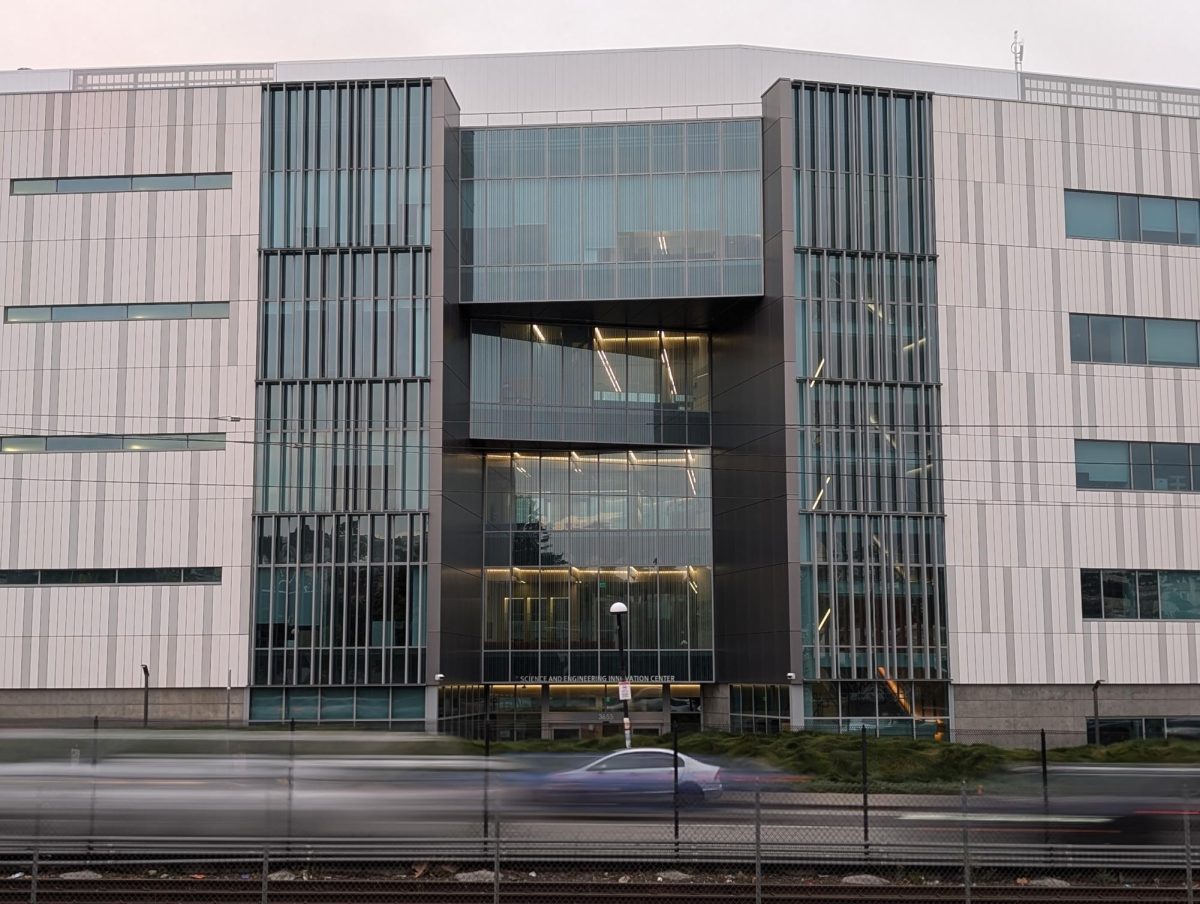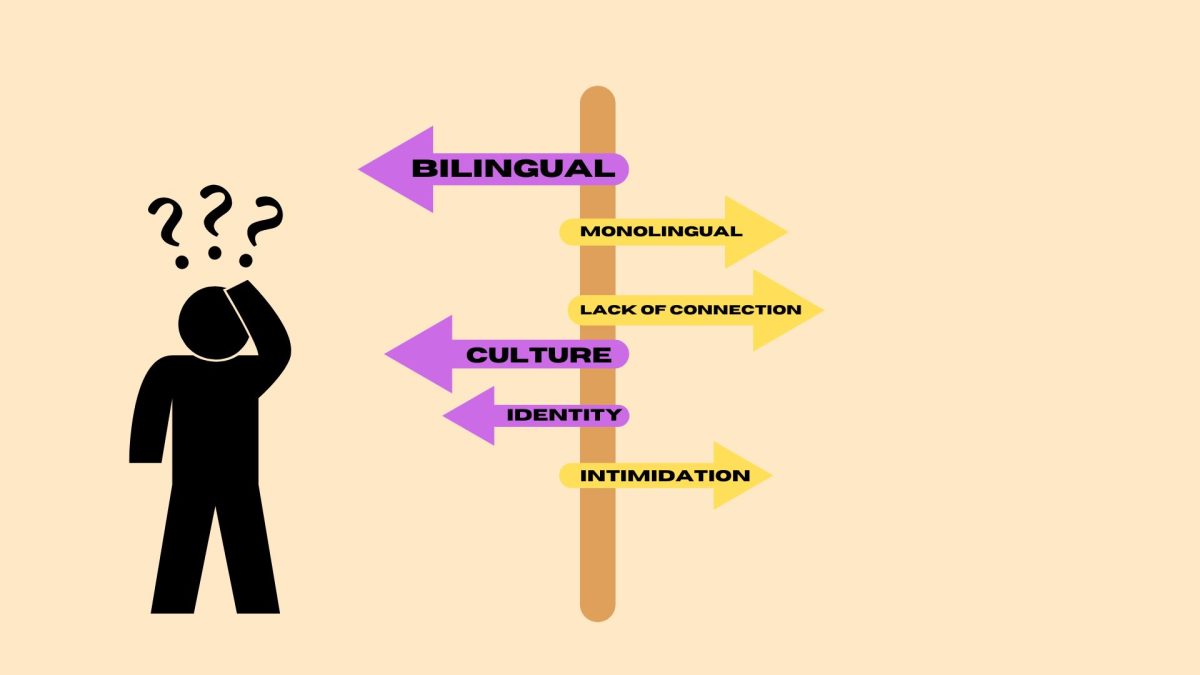[media-credit name=”Screenshot of casting call tweet by Kanye West” align=”alignnone” width=”441″] [/media-credit]
[/media-credit]
Earlier this month, Kanye West tweeted a casting call asking for “multiracial women only,” that caused a stir among fans and critics alike. People took to twitter and the real world to criticize the statement that left entire communities out to dry.
“Kanye West asking for multiracial models kind of sends an anti-Black message,” said Andrew Jolivette, an American Indian professor at SF State who identifies as Louisiana Creole. “Saying he wants mixed performers sends the idea that Black is not beautiful.”
Being a non-Black person of color myself, I can’t speak for what is and what is not anti-Black; however, sentiments like West’s come off as biased.
West should know better than to further restrict people of color from their already very limited opportunities in the fashion world. The Fashion Spot reported that in the most recent fashion season only 25 percent of models cast in shows were models of color, while the remaining 75 percent were white.
Being such a successful Black man in pop culture has not been easy for West, from calling out George Bush during his presidency on live television to becoming public enemy number one after interrupting Taylor Swift. I’m disappointed and surprised that he’d use his platform to perpetuate something as detrimental as colorism, where lighter skin is favored over darker skin.
Preferring multiracial people to those who are not multiracial leaves out entire communities of people because they don’t measure up to the light skin standard West is aiming for. The lightest skin in minority communities typically exists in those who have a parent from a minority community (usually one with a darker skin tone) and a white parent.
It’s important to note that though half-White half-minorities have White privilege, they also are minorities, so their lives aren’t exactly easy. They still experience racism from those around them. But when Kanye and others continue to uplift half-White biracial individuals while also alienating monoracial individuals, the conversation of having a half-White privilege is one that needs to be had.
With Colin Kapernick refusing to stand during the national anthem and multiple killings of unarmed Black people by policemen raising racial tension in America, West’s request adds to this tension. Asking for “multiracial models only” implies that there’s something wrong with being unambiguously Black, Latino, Asian, or a person of any color that is not White.
“I think often the problem and what most people think of mixed is that most people always assume mixed is white and something else,” Jolivette said. “They forget that people aren’t trying to be better than somebody or that people don’t want to be something else.”
Even within minority communities being biracial will get you further than those who are not biracial because of the privilege that being white grants you. Multiracial individuals may share oppression with their monoracial community members, but having lighter skin grants them access to opportunities that they may not have had otherwise – like avoiding punishment by school officials or having less time in punishment while in elementary school.
West’s casting call also begs the question: where is the representation for double minority individuals? What about multiracial individuals who are half-Black and half-Latino? Or half-Latino and half-Asian? Or any combination that does not involve White? Do these types of models and people have the same kind of privilege that light skinned biracial people have, or are they just as underrepresented as monoracial individuals?
Artists like West and other trend setters should refrain from perpetuating industry standards that favor White individuals. Instead of following racist ideals they should use their power and influence to diversify the White-dominated entertainment industry.






